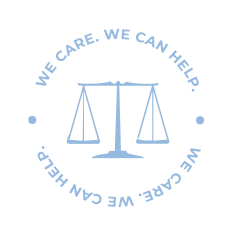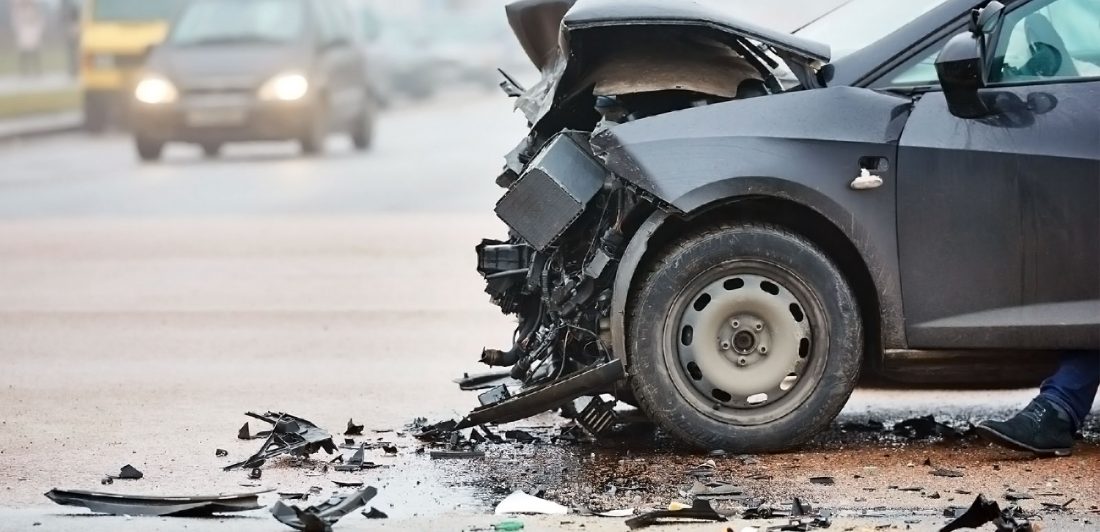A Texas driver who sustains serious injuries in an auto accident may want to file a personal injury claim against the other driver. But what happens if the accident occurs in another state, such as New York? Auto insurance rules and statutes of limitation (SOL) can vary from state to state. Understanding these differences is the first step to a finding out if one has a viable personal injury case. The second step is to hire a skilled personal injury attorney.
Which State Should the Claim Be Filed In?
Regardless of where a person lives, if an accident takes place in New York the personal injury claim must be filed in New York. Likewise, that person must also hire an attorney licensed to practice in that state. Personal injury attorneys that have worked with out-of-state clientele before and will likely have ways of handling the case while minimizing the amount of travel required.
New York Personal Injury Statute of Limitations
The statute of limitations is the deadline that a person has to file a personal injury claim against another party. In New York, the personal injury statute of limitation is three years. A Texas resident filing a claim for an accident that occurred in New York therefore has three years from the date of the crash to file a claim (in Texas, the SOL is only two years).
NY No-Fault Liability for Auto Accidents
Here’s where things get tricky. New York has strict rules on recovering money for injuries sustained in an auto accident. NY is a “no-fault” state, meaning in most cases, a personal injury claim for medical coverage must be filed with one’s own auto insurance company. As such, the amount of medical expenses and economic damages (i.e. inability to work) can be limited to one’s personal injury protection maximums as defined by their policy. A lawsuit for additional claims such as pain and suffering and economic loss would be barred subject to the below exception.
The exception to this is if the injuries qualify as “serious.” New York’s serious injury threshold encompasses the following:
- Death
- Dismemberment
- Significant disfigurement
- Fracture
- Loss of a fetus
- A permanent loss of use of a body organ, limb, function or system
- A permanent limitation of use of a body organ or limb
- A significant limitation of use of a body function or system
- A non-permanent injury which prevents the performance of nearly all “usual and customary daily activities for not less than 90 days.”
An injury that falls under these categories can permit an individual to sue a personal injury claim in court (the trial court level in New York is Supreme Court, and there is one in every county). It would also mean the ability to sue for associated damages such as pain and suffering and lost wages, etc.
What If I Received a Traffic Ticket for the Accident?
A plaintiff who wishes to sue another driver for personal injuries resulting from a car crash should be upfront with his/her attorney about any traffic tickets received in connection with the accident.
The critical issue is that any plea taken in connection with a traffic violation can be admissible in a subsequent personal injury lawsuit. For example, say the officer determined that speed was a factor in the auto accident and issues a speeding ticket. If the recipient pleads guilty to the speeding ticket, that plea can be used against them during the personal injury lawsuit if they claim in that lawsuit that they are without fault.
The bottom line is that it is crucial to consult with an experienced traffic violations attorney or a personal injury attorney with experience handling traffic violations related to auto accidents before taking any action with respect to the traffic ticket(s). A simple wrong move like pleading guilty to what appears to be a minor office can turn out to be very costly in the long run.
Author Bio
Adam Rosenblum, Esq. is the founder of The Rosenblum Law Firm and TrafficTickets.com, a law firm that practices traffic ticket and criminal law statewide in both New York and New Jersey.





